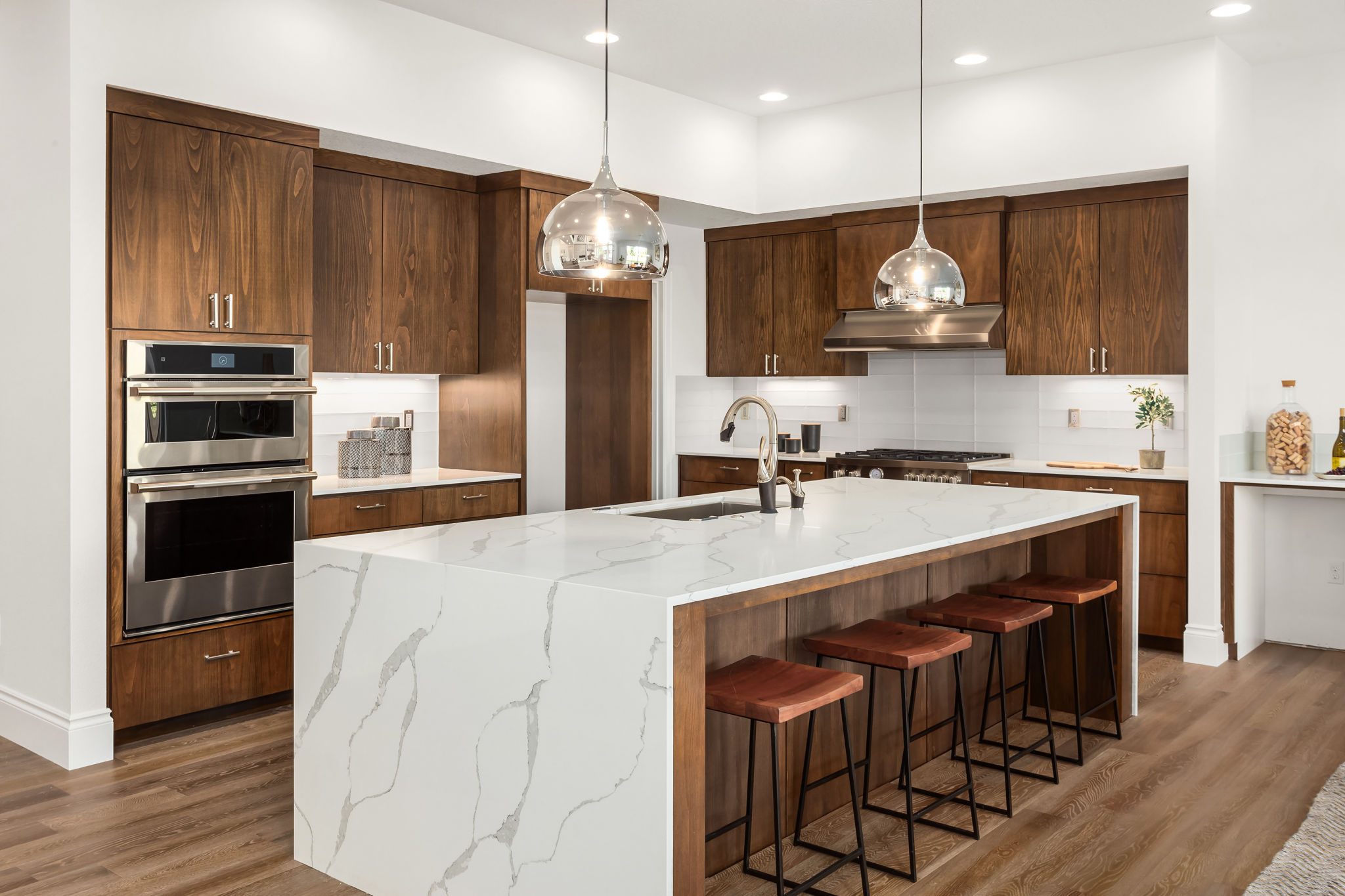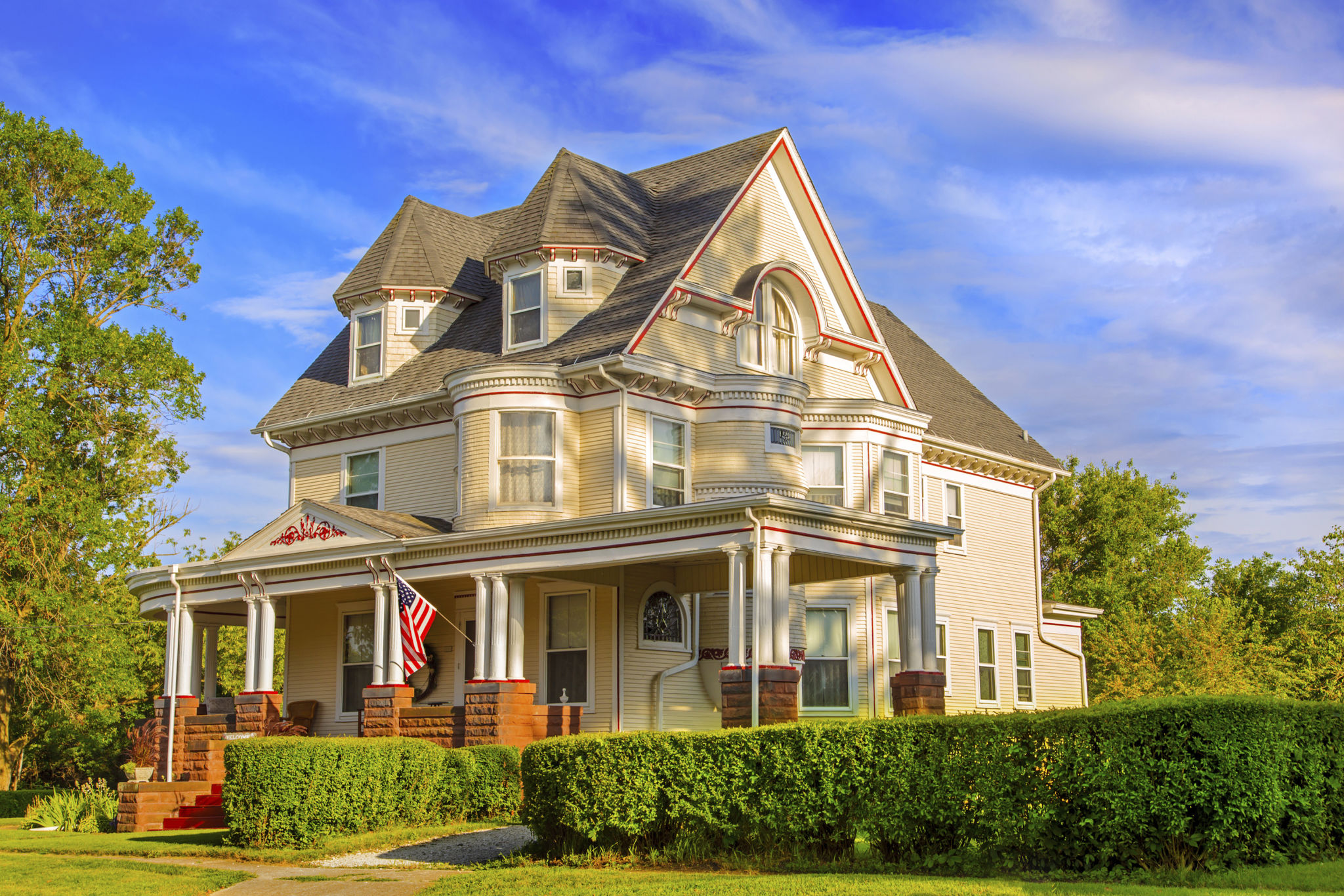Case Study: Transforming a Historic Home with Modern Renovations
Introduction to the Project
Renovating a historic home can be a challenging yet rewarding endeavor. In this case study, we explore how a century-old Victorian house was transformed into a modern marvel while preserving its historical essence. This renovation project not only enhanced the home's aesthetic appeal but also improved its functionality and energy efficiency.
The homeowners, passionate about preserving history, aimed to maintain the architectural integrity of the house while incorporating contemporary design elements. The result is a seamless blend of the old and new, offering both comfort and style.

Preserving Historical Charm
One of the primary goals of this renovation was to retain the house's historical charm. The exterior of the home, featuring intricate woodwork and classic Victorian design, was carefully restored. Craftsmen meticulously repaired damaged wood and replaced any irreparable sections with replicas made from similar materials.
Inside the house, original features such as ornate moldings, stained glass windows, and hardwood floors were preserved. These elements provided a nostalgic ambiance, evoking the grandeur of a bygone era.
Restoration Techniques
To achieve this balance, the renovation team employed several restoration techniques:
- Use of historically accurate materials for repairs.
- Implementation of modern preservation methods to protect original features.
- Collaboration with historians to ensure authenticity.

Incorporating Modern Amenities
While preserving the historic elements was crucial, integrating modern amenities was equally important to meet the needs of contemporary living. The renovation included updating the plumbing and electrical systems to meet current standards. Energy-efficient appliances and smart home technology were also installed to enhance convenience and reduce environmental impact.
The kitchen, once a cramped space, was expanded and outfitted with sleek cabinetry and state-of-the-art appliances. This blend of functionality and style made it a focal point for family gatherings and entertaining guests.
Energy Efficiency Upgrades
Incorporating energy-efficient solutions was a priority during the renovation:
- Installation of double-glazed windows to improve insulation.
- Incorporation of solar panels for sustainable energy use.
- Addition of high-efficiency HVAC systems for optimal climate control.

Challenges and Solutions
Throughout the renovation process, several challenges emerged. These included structural issues due to the home's age and strict regulations for altering historic properties. However, innovative problem-solving techniques ensured that these obstacles were successfully navigated.
The team worked diligently to reinforce the structural integrity of the house without compromising its historical character. They also liaised with local heritage preservation bodies to ensure compliance with all necessary regulations.
Conclusion: A Harmonious Blend
The transformation of this historic home into a modern masterpiece serves as an inspiring example of how careful planning and creative design can preserve the past while embracing the future. The homeowners now enjoy a living space that reflects their appreciation for history and their desire for modern comforts.
This case study underscores the potential for historic homes to be revitalized without losing their unique character. It demonstrates that with the right approach, it is possible to create a harmonious blend of tradition and innovation, resulting in a home that stands as a testament to both its past and its future.

